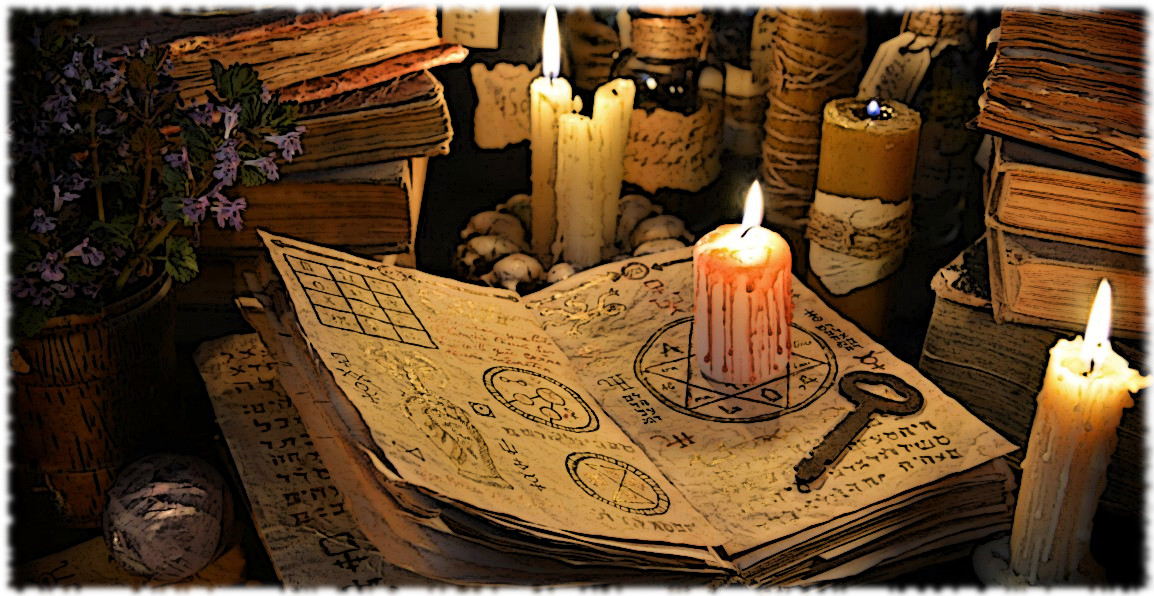Strasbourg Codex: Difference between revisions
Jump to navigation
Jump to search
No edit summary |
|||
| (3 intermediate revisions by the same user not shown) | |||
| Line 1: | Line 1: | ||
;[[Necromancy]] -D- [[Brush House Museum]] | ;[[Necromancy]] -D- [[Brush House Museum]] -D- [[Grimoire of Note]] | ||
[[File:Grimoire.jpg]] | [[File:Grimoire.jpg]] | ||
<br> | <br> | ||
<br> | <br> | ||
== Appearance == | == Appearance == | ||
The Strasbourg Codex is a traditional medieval codex, | The Strasbourg Codex is a traditional medieval codex, defined as being a book constructed of a number of sheets of paper, vellum, papyrus, or similar materials. The term is now usually only used of manuscript books, with hand-written contents, but describes the format that is now near-universal for printed books in the Western world. The book is usually bound by stacking the pages and fixing one edge to a bookbinding, which may just be thicker paper (paperback or softback), or with stiff boards, called a hardback, or in elaborate historical examples a treasure binding. | ||
The book | |||
== History == | == History == | ||
The history of the codex is long and complicated, it spans six centuries, the rise and fall of nations and most of European history. | |||
== Secrets == | == Secrets == | ||
Latest revision as of 00:05, 5 February 2019
Appearance
The Strasbourg Codex is a traditional medieval codex, defined as being a book constructed of a number of sheets of paper, vellum, papyrus, or similar materials. The term is now usually only used of manuscript books, with hand-written contents, but describes the format that is now near-universal for printed books in the Western world. The book is usually bound by stacking the pages and fixing one edge to a bookbinding, which may just be thicker paper (paperback or softback), or with stiff boards, called a hardback, or in elaborate historical examples a treasure binding.
The book
History
The history of the codex is long and complicated, it spans six centuries, the rise and fall of nations and most of European history.
Secrets
